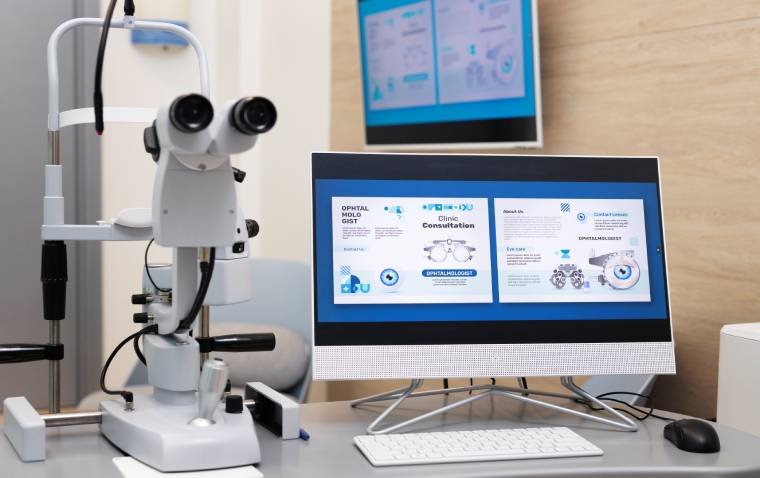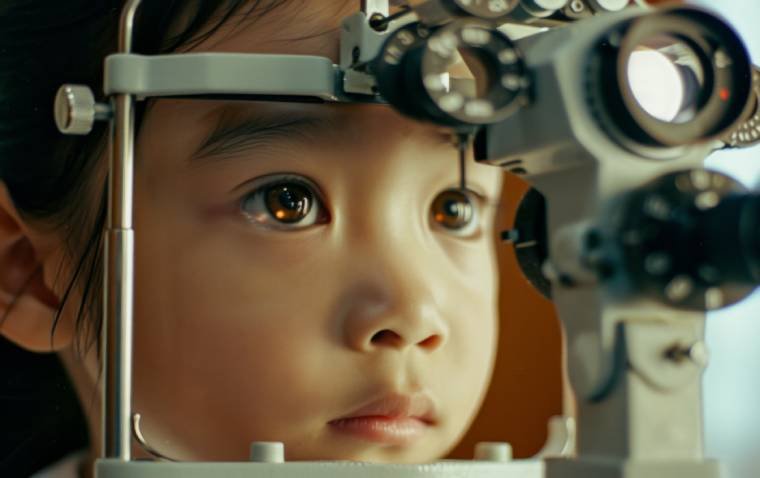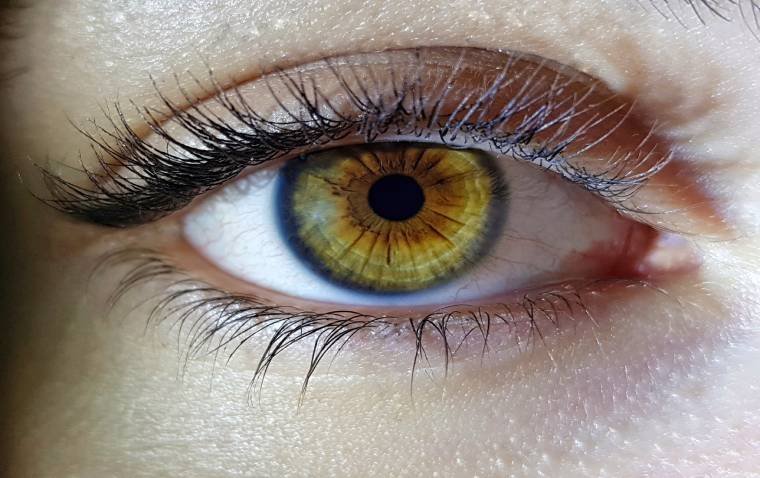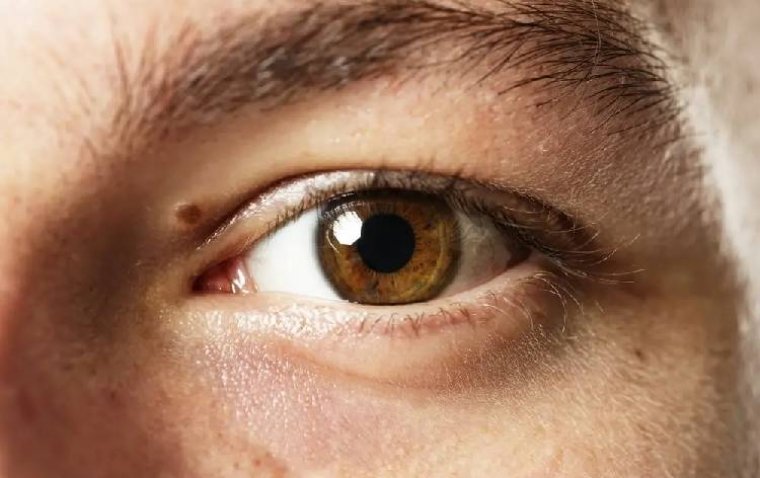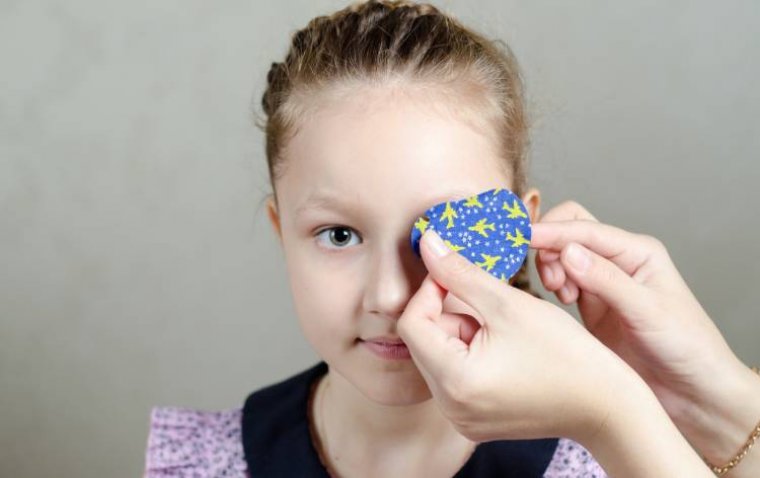
New Research Reveals Benefits of Early Patching for Children with Lazy Eye
A recent study conducted by experts from the University of Leicester sheds light on a potentially more effective treatment approach for children with amblyopia, commonly known as lazy eye. Published in The Lancet, the study challenges the conventional method of treating the condition, suggesting that patching the weaker eye sooner, without an extended period of glasses wearing, could lead to better outcomes for most children.
Amblyopia, characterized by reduced vision in one eye, is the most prevalent childhood visual disorder. Traditionally, treatment involves wearing glasses to correct vision followed by patching the stronger eye to stimulate the weaker one. However, the new research indicates that initiating patching earlier in the treatment process may yield superior results, including improved vision and higher treatment satisfaction.
Implications for Clinical Guidelines and Personalized Care
Conducted under the auspices of the European Paediatric Amblyopia Treatment Study for Children (EuPatch), established by the University of Leicester, the study's findings hold significant implications for updating clinical guidelines worldwide. Jointly led by Associate Professor Frank Proudlock, research orthoptist Michael Hisaund, and Emeritus Professor Irene Gottlob, the study underscores the potential for personalized treatment approaches tailored to individual children.
Key Findings and Participant Groups
The study, which enrolled 334 children aged three to eight years requiring treatment for lazy eye, divided participants into two groups through a randomized controlled trial. One group underwent 24 weeks of patching treatment following an 18-week period of wearing glasses, while the other group received 24 weeks of patching treatment after only three weeks of wearing glasses. The results revealed that for the majority of children with amblyopia, early patching was more effective than patching following an extended glasses-wearing period. However, younger children with less severe amblyopia benefited from a longer period of wearing glasses before patching, as they were more likely to show improvement during this time.
Professor Gottlob emphasized the importance of these findings, stating, "These results are important because an extended period of glasses wearing before patching is commonly used today by many countries." With amblyopia affecting 1-5% of children and current treatment outcomes often falling short, the study's insights could pave the way for more effective and tailored care for affected children.
Funding and Future Directions
The study was made possible through funding from Action Medical Research, the NIHR Clinical Research Network, and the Ulverscroft Foundation, highlighting the importance of continued investment in research aimed at improving pediatric visual health. Moving forward, the research team aims to build upon these findings to further enhance personalized care for children with amblyopia, ultimately striving to mitigate the lifelong visual challenges associated with the condition.
Understanding Amblyopia: Causes and Consequences
Amblyopia typically arises from conditions such as strabismus, where the eyes point in different directions, or anisometropia, which involves variations in the eyes' focusing mechanisms. If left untreated, amblyopia can result in lifelong visual impairment. By challenging traditional treatment paradigms, this research offers a promising avenue for improving the visual health and quality of life for children with amblyopia.
(1).jpg)
